Launch an Online Store : The digital world has opened new doors for creators, artists, and small business owners. Whether you design art, make jewelry, sell clothing, or offer digital products like e-books, an online store is the perfect way to turn your creativity into revenue in 2025. The good news is that it doesn’t require a lot of technical expertise.
This guide will guide you step by step so you can confidently start your online store and lead it to success.
1. Determine your niche

First, be clear about what you want to sell and who you want to sell it to . New sellers often try to sell everything, which confuses customers. It’s best to focus on one thing. For example, if you have a passion for candle making or designing digital planners, that’s a good place to start.
Determine your target audience. Who are the people who will buy your products? For example, eco-friendly bags will appeal to young professionals, while pet accessories will appeal to people who want to pamper their pets.
Having a specific niche will also make it easier for you to market. When you know who to talk to, your messages and products will reach directly to those people.
2. Choose the right platform

Now think about where to build your shop. Here are some popular options:
Shopify : Best for professionals and large businesses.
Etsy : Famous for handmade and unique items.
WooCommerce : If you have a WordPress website.
Gumroad : Easy and inexpensive for digital products.
Start with a simple platform at first, then expand later.
3. Create a Brand Identity
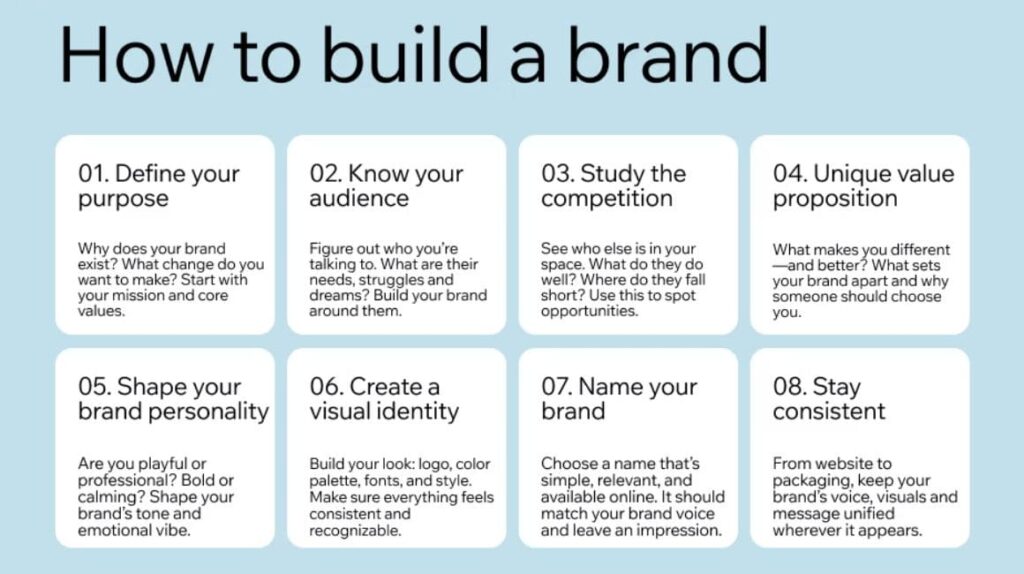
A brand is not just a logo, it is the personality of your store. It is what makes customers remember you.
Start with a simple and memorable name . Then create a simple logo that matches your style. If designing seems daunting, tools like Canva are helpful.
Now decide what your tone of voice will be. If you are selling children’s toys, a colorful and cheerful tone is appropriate. If you are selling beauty products, a polite and sophisticated tone is better.
The key is to maintain the same style everywhere—website, social media, and emails. Consistency builds trust.
Above all, share your story. Tell us why you started this business and what makes your products special. Buyers always connect with real stories and sincerity.
4. Develop your product line
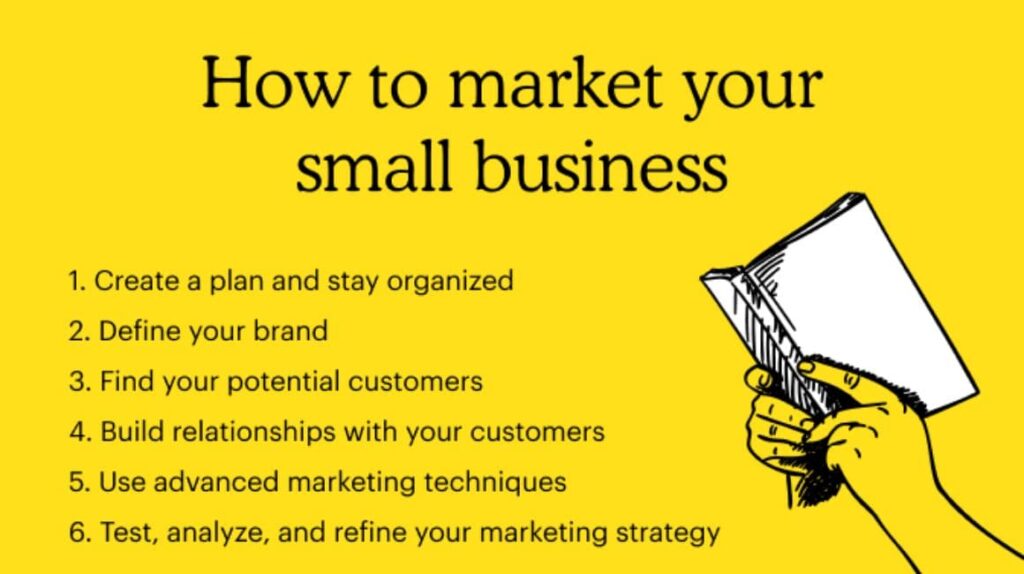
Start small. Selling three to five good and unique items is enough.
Make sure your products are quality and different. Arrange good packaging and shipping for physical products. The download system for digital products should be easy.
5. Payment and shipping system
Customers want easy and fast shopping, so the checkout process needs to be seamless.
Add payment options like PayPal, Stripe, Apple Pay, or Google Pay. “Buy Now, Pay Later” is also popular these days.
If you’re selling physical goods, decide whether you’ll ship it yourself or use a fulfillment service. Doing it yourself will give you more control, but it will take time. A fulfillment service saves time but adds expense.
Always be transparent. Clearly display shipping fees, times, and return policies. Hidden fees drive buyers away.
A fast and automated delivery system is essential for digital products so that the buyer has immediate access.
6. Market your shop
Now that the shop is ready, it’s important to bring in customers.
Social media
The biggest tool. Showcase your products on Instagram, TikTok, and YouTube. Share behind-the-scenes videos, customer reviews, or tutorials. Natural and engaging content makes the most impact.
Build an email list .
Get people to sign up by offering a discount or a free guide. Emails will keep you connected directly with your customers.
Don’t neglect SEO .
Use words in product titles and descriptions that people search for. For example, “Handmade Ceramic Coffee Mug” is better than just “Cozy Mug.”
Advertising is also helpful, but try it with a small budget at first. The most important thing is to build a connection with your community. People like to buy from brands they trust.
7. Launch and development

Launch day is special, but it’s just the first step.
Pay attention to feedback after launch . See what customers say about your products and services. Even small changes can yield big results.
Make the launch day special. Announce it in advance, offer offers, and build excitement.
Listen to customer feedback after the launch and improve.
Conclusion
Starting an online store is not just a business these days, but an opportunity to turn dreams into reality.An online store is not just a way to make money, but also a reflection of your personality and creativity.
If you follow it with dedication and consistency, this store will not only generate income but also take your recognition to new heights. That is the real success.

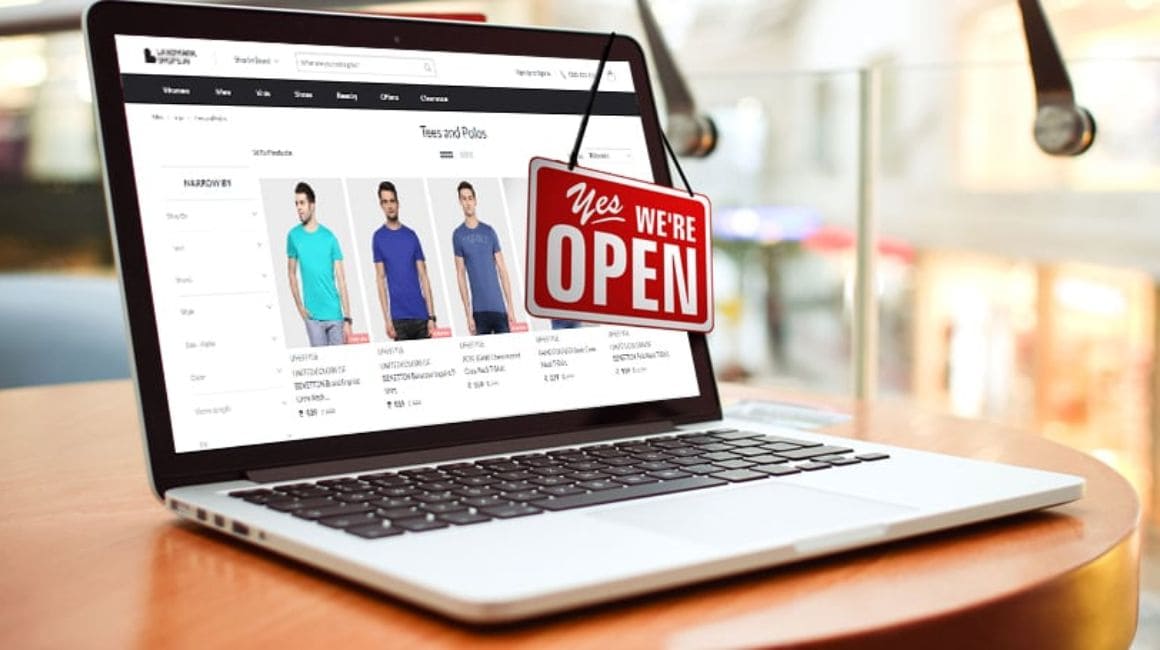


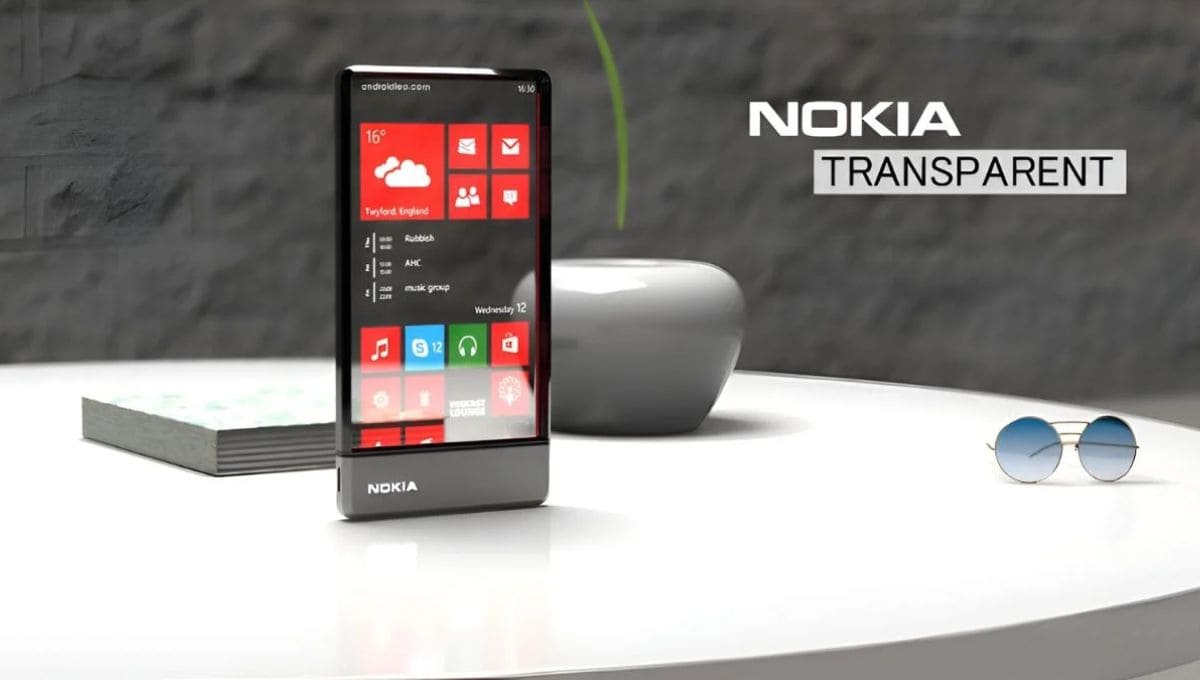









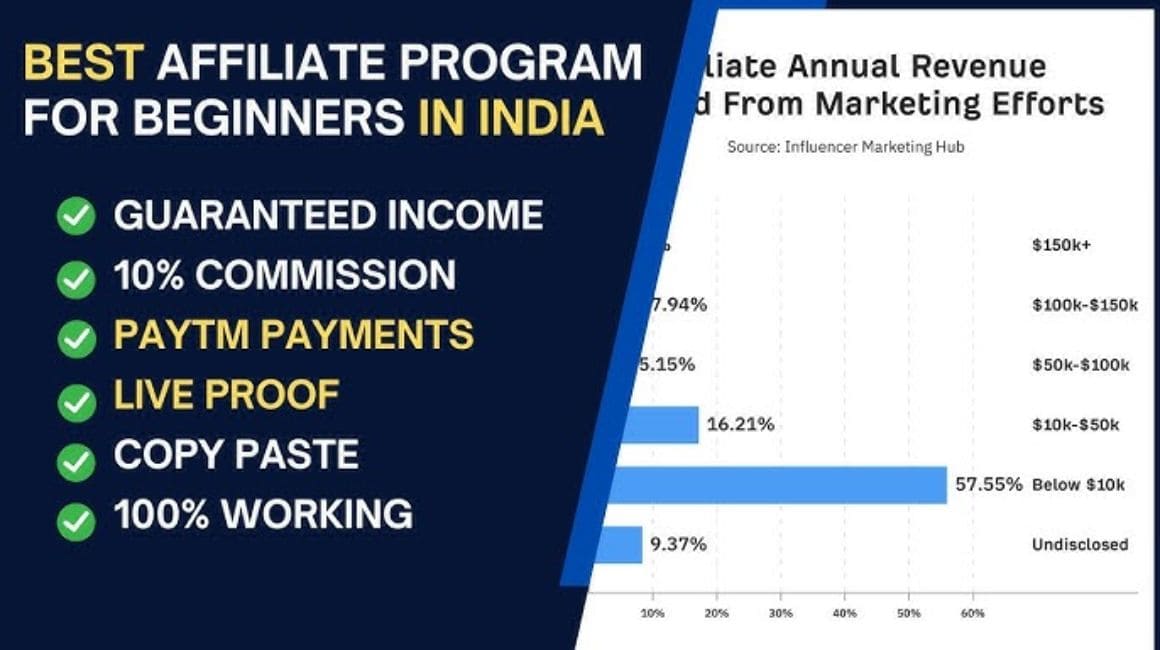









Leave a Comment